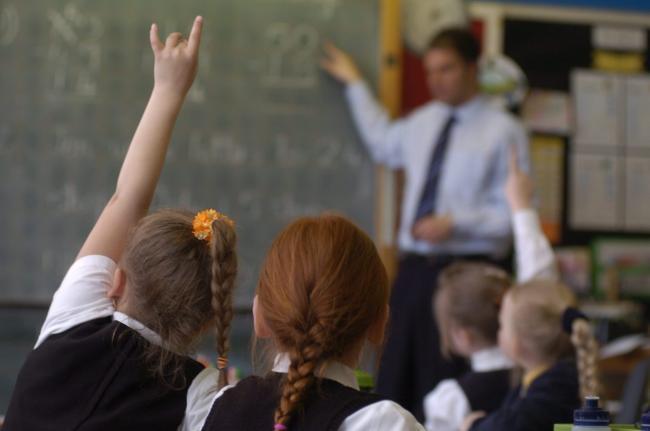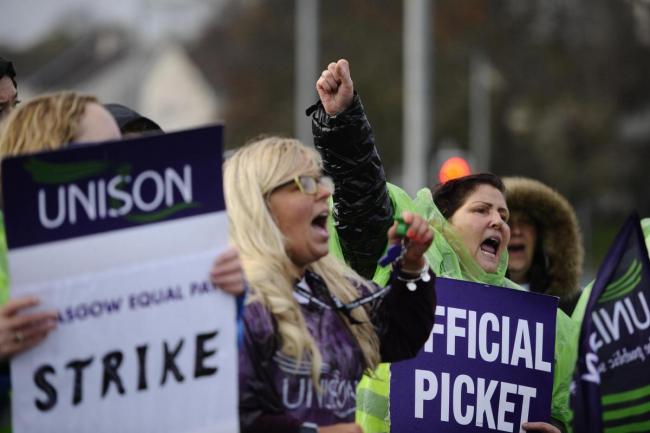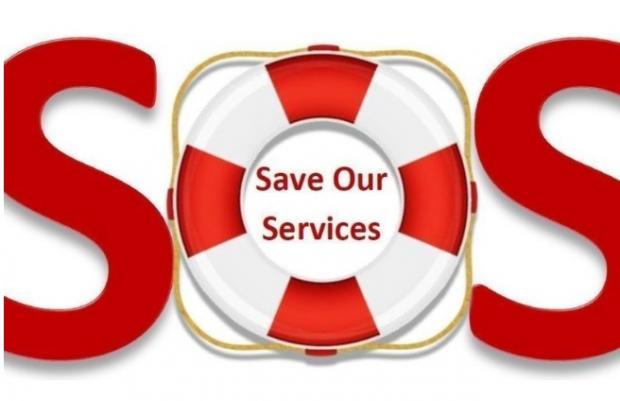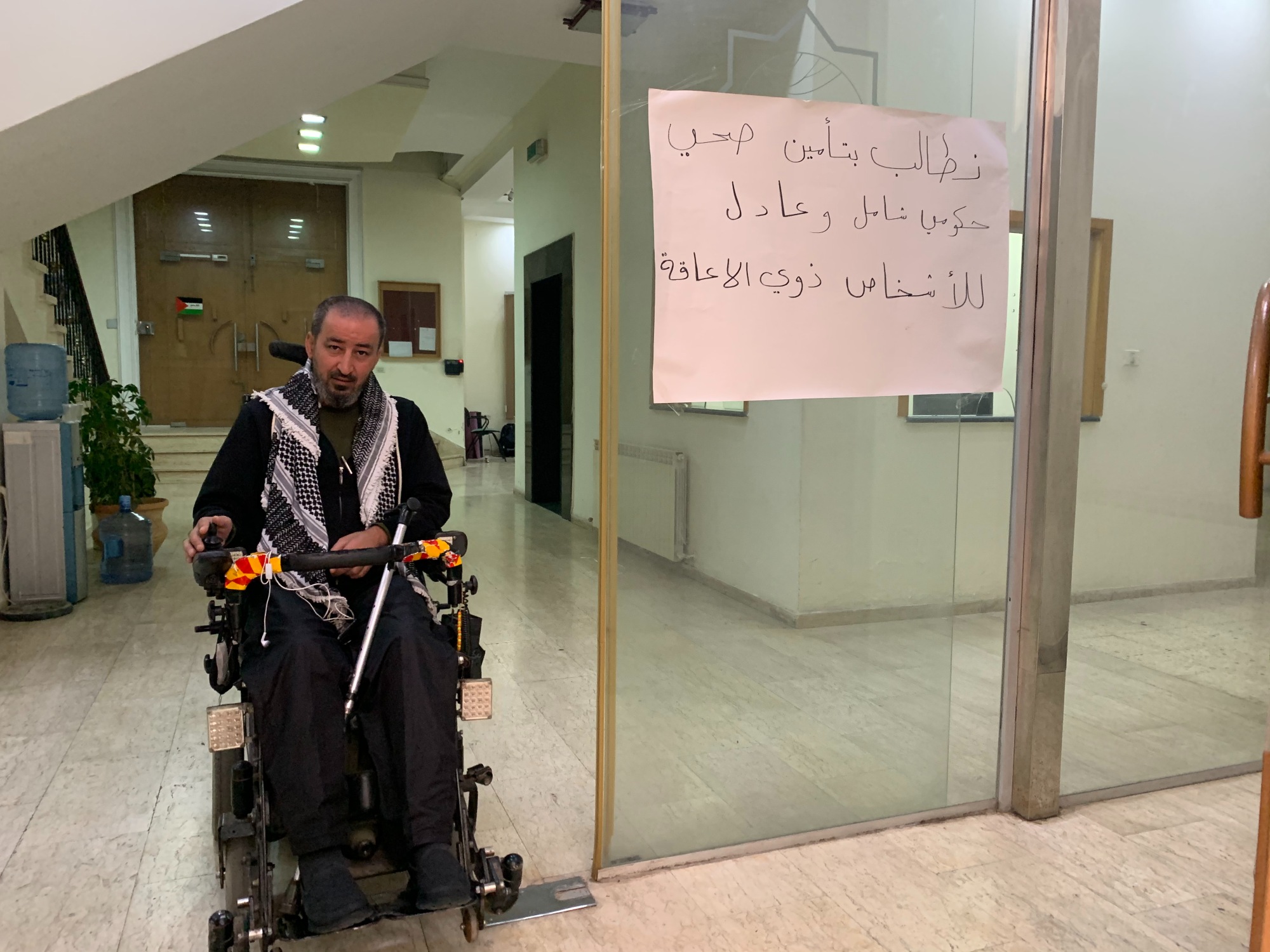A comprehensive look at the effects of climate change on Mount Everest

IMAGE: AT 8,430 METERS ABOVE SEA LEVEL, THE HIGH-ALTITUDE EXPEDITION TEAM CELEBRATES AFTER SETTING UP THE WORLD'S HIGHEST OPERATING AUTOMATED WEATHER STATION DURING THE NATIONAL GEOGRAPHIC AND ROLEX PERPETUAL PLANET EVEREST... view more
CREDIT: MARK FISHER/NATIONAL GEOGRAPHIC
Between April and June of 2019, 10 research teams composed of 34 international and Nepali scientists journeyed toward the summit of Mount Everest as part of the 2019 National Geographic and Rolex Perpetual Planet Everest Expedition. Early results from this expedition, publishing November 20 in the journal One Earth, look at the impacts of climate change and human activity on Mount Everest, including glacier loss, precipitation changes, the presence of microplastics on the mountain, and more. Highlights from the findings include:
Six decades of glacier mass changes around Mt. Everest are revealed by historical and contemporary images
King et al. show that glaciers around Mt. Everest have thinned by more than 100m since the 1960s and that the rate of ice mass loss has consistently accelerated over the past six decades. To arrive at their findings, the researchers constructed time series of glacier mass-change measurements based on modern and historical satellite images of Mt. Everest and the surrounding glacial valleys stretching back 56 years. The work provides a baseline for future glacier loss and meltwater predictions, which are especially important because of the role that meltwater from Himalayan glaciers plays in providing water to the surrounding communities.
One Earth, King et al.: "Six decades of glacier mass changes around Mt. Everest revealed by historical and contemporary images" https://www.cell.com/one-earth/fulltext/S2590-3322(20)30549-2 DOI: 10.1016/j.oneear.2020.10.019
How climate change will increase the oxygen available to humans on Mount Everest
Not only is it currently possible for humans to climb to the summit of Mount Everest without supplemental oxygen, it's actually become easier since the beginning of the 20th century: increases in temperature have increased the air pressure on its summit and made more oxygen available for human climbers to breathe. Matthews et al. provide the highest resolution estimate to date of how close Mt. Everest summit oxygen availability encroaches upon human aerobic limits and the most detailed assessment yet of the potential shifts in the aerobic challenge of Mt. Everest due to climate change.
iScience, Matthews et al.: "Into Thick(er) Air? Oxygen Availability at Humans' Physiological Frontier on Mount Everest" https://www.cell.com/iscience/fulltext/S2589-0042(20)30915-9 DOI: 10.1016/j.isci.2020.101718
Behind the scenes of a comprehensive scientific expedition to Mt. Everest
In this Backstory, Elvin et al. describe the "symphony of logistics" it takes to conduct science on the world's tallest mountain. They calculate the supplemental oxygen needed to take the team to the summit, devise ways to lighten scientific equipment, design an inflatable catamaran raft to use for sample collection in alpine lakes, and map a route involving more than six different types of transportation. They also discuss the importance of receiving informed buy-in from local communities and the essential leadership, guidance, and support of the high-altitude climbing Sherpas who were key partners in the expedition.
One Earth, Elvin et al.: "Behind the scenes of a comprehensive scientific expedition to Mt. Everest" https:/

CAPTION
The geology team from the National Geographic and Rolex Perpetual Planet Everest Expedition preps to take a lake sediment core at a glacial lake in the Gokyo region in spring 2019. Learn more at www.natgeo.com/everest.
CREDIT
Freddie Wilkinson/National Geographic
This work was supported by the National Geographic Society and Rolex. To learn more about the Everest Expedition, please visit: https:/
One Earth (@OneEarth_CP), published by Cell Press, is a monthly journal that features papers from the fields of natural, social, and applied sciences. One Earth is the home for high-quality research that seeks to understand and address today's environmental Grand Challenges, publishing across the spectrum of environmental change and sustainability science. A sister journal to Cell, Chem, and Joule, One Earth aspires to break down barriers between disciplines and stimulate the cross-pollination of ideas with a platform that unites communities, fosters dialogue, and encourages transformative research. Visit http://www.














